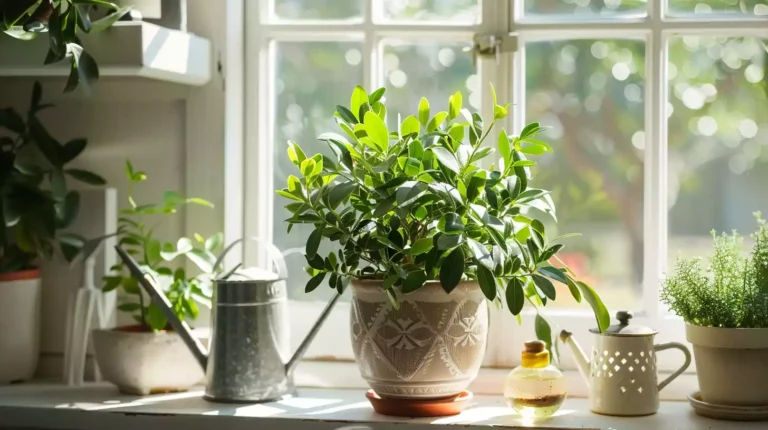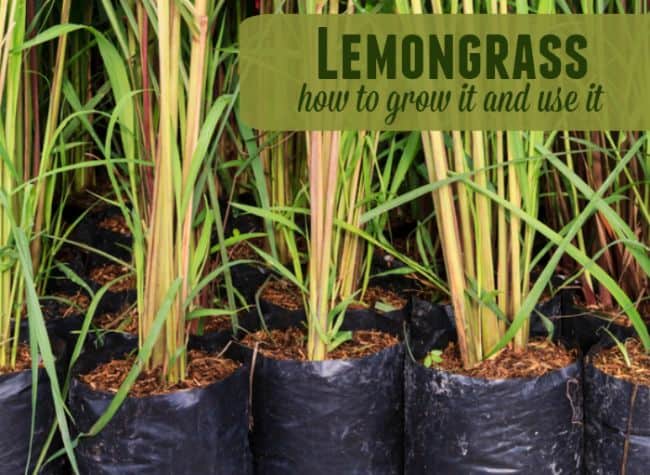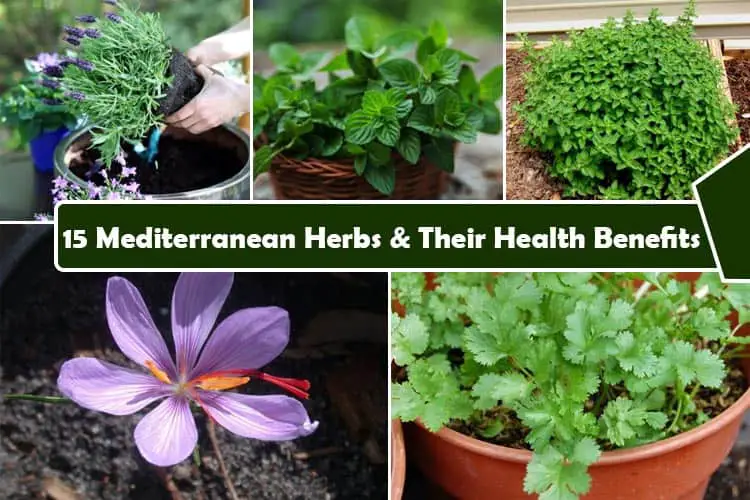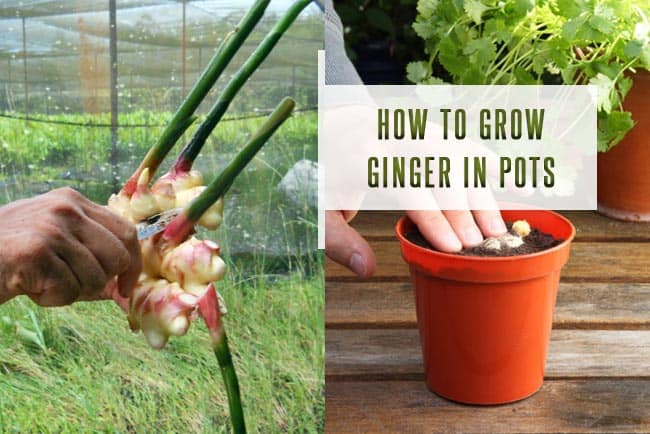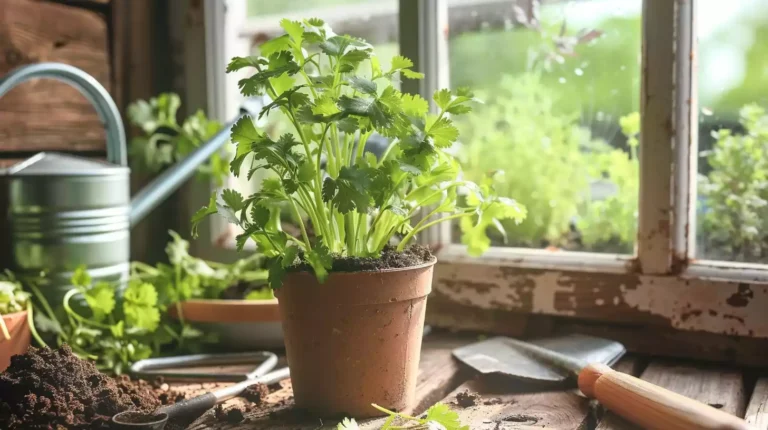Cilantro vs Culantro: How Does Culantro Differ from Cilantro?
You might be surprised to learn that culantro and cilantro, although often confused, have distinct characteristics that set them apart.
I’ll compare the appearances, flavors, and culinary applications of these two herbs to show you how they differ.
Some prefer culantro’s robust taste over cilantro’s fresh and bright notes in various global cuisines.
Continue Reading to Understand These Key Points:
- Culantro features pungent, earthy flavors suitable for cooking, while cilantro offers a citrusy taste for fresh dishes.
- Culantro is rich in antioxidants and anti-inflammatory properties, while cilantro aids in detoxification and digestion.
- Culantro is prevalent in Latin American and Caribbean cuisines, whereas cilantro is favored in Asian and Mediterranean dishes.
- Culantro withstands high cooking temperatures better, making it suitable for prolonged cooking, while cilantro is preferred for quick preparations.
Appearance
When comparing the appearance of culantro and cilantro, one can notice distinct differences in their leaf characteristics and growth patterns.
Culantro, scientifically known as Eryngium foetidum, has long, thick, and tough leaves with serrated edges. The leaves are darker green, glossy, and robust.
In contrast, cilantro, also called Coriandrum sativum, has delicate, feathery leaves that are more rounded and lighter green. Cilantro leaves are softer to the touch compared to culantro.
Culantro is a perennial herb that can grow up to two feet tall, while cilantro is an annual herb that typically reaches a maximum height of one foot. Despite both belonging to the Apiaceae family, they’re classified under different genera, highlighting their distinct appearances.
Plant Characteristics
As we explore the plant characteristics of culantro and cilantro, we encounter distinct differences in their leaf shapes. Culantro boasts long, tough leaves with serrated edges, while cilantro flaunts delicate, feathery leaves with a more rounded appearance.
These variations in leaf morphology contribute significantly to the overall aroma and taste profiles of these two herbal species.
What are the differences between growing cilantro and culantro at home?
Growing cilantro and culantro at home is a rewarding experience, but it’s important to note the difference between cilantro and culantro. Cilantro has a light, citrusy flavor and is best grown in full sun, while culantro has a stronger, more earthy flavor and thrives in partial shade. Understanding these differences will help you cultivate both herbs successfully.
Leaf Shape Differences
With its spear-like, serrated leaves, culantro distinguishes itself from cilantro in terms of leaf shape and texture. Culantro’s leaves are tough, thick, dark green, and glossy, providing a robust appearance.
In contrast, cilantro displays delicate, feathery, light green leaves that are soft and papery to the touch. The disparity in leaf characteristics impacts their culinary applications.
Culantro’s leaves can reach lengths of up to 12 inches, making them more suitable for prolonged cooking periods, while cilantro’s smaller 1-2 inch leaves are preferred for quick preparations.
Understanding these distinctions in leaf shape and texture is essential for utilizing culantro and cilantro effectively in various dishes.
Aroma and Taste
Distinguished by their unique plant characteristics, culantro and cilantro offer distinct aroma and taste profiles for various culinary uses. Culantro has a pungent flavor with rich herbal and earthy notes, ideal for enhancing stews and marinades.
On the other hand, cilantro has a citrusy taste with subtle sweetness, perfect for fresh and vibrant dishes. Culantro’s aroma is complex, with savory, bitter, and spicy notes, while cilantro’s scent is lemony and slightly peppery.
These differences make culantro and cilantro versatile herbs with unique culinary applications.
Aroma and Taste – a Full Comparison
When considering the aroma and taste of culantro and cilantro, it’s crucial to note their distinct differences. Culantro emanates a robust, spicy scent, contrasting with cilantro’s refreshing, citrus-like fragrance.
In terms of taste, culantro offers a complex flavor profile with hints of citrus, cilantro, and anise, while cilantro provides a milder, slightly sweet taste ideal for lighter dishes.
| Culantro | Cilantro | |
|---|---|---|
| Flavor Profile | Pungent, herbal, earthy | Citrusy, slightly sweet |
| Aroma | Complex, savory, bitter, spicy | Lemony, slightly peppery |
| Taste | Robust, intense | Fresh, slightly soapy |
| Culinary Uses | Ideal for stews, marinades | Perfect for fresh dishes |
Aroma: Strong and Pungent
Exuding a robust and spicy essence, culantro’s aroma sets it apart from the fresh and citrusy scent of cilantro, showcasing a complexity that enhances the flavor profile of dishes.
Culantro’s aroma is strong, pungent, and earthy, with a hint of bitterness that adds depth to its fragrance. Its spicier notes linger, making it ideal for hearty dishes.
The vibrant and intense aroma of culantro contains hints of citrus and anise, creating a more complex olfactory experience.
This herb’s robust scent can withstand cooking processes, infusing dishes with a bold and aromatic essence that complements rich flavors exceptionally well.
Taste: Citrusy and Fresh
With a vibrant and zesty essence, cilantro’s taste and aroma exude a refreshing citrusy profile that enhances a variety of light dishes.
Cilantro’s flavor is characterized by its citrusy notes, providing a bright and slightly sweet taste that uplifts the flavors of dishes. Its aroma, reminiscent of lemon with a hint of pepperiness, adds a vibrant and aromatic element to culinary creations.
This herb’s fresh and citrusy taste makes it a popular choice in cuisines like Mexican, Thai, and Indian, where it complements ingredients such as lime, avocado, and tomatoes beautifully.
Cilantro’s refreshing flavor profile makes it a versatile ingredient that brightens up salads, salsas, guacamole, curries, and chutneys, offering a unique culinary experience.
Comparison: Culantro Vs Cilantro
Culantro and cilantro showcase distinct flavor profiles catering to different culinary applications.
Culantro has a pungent, earthy flavor with hints of cilantro, citrus, and anise, ideal for hearty dishes.
In contrast, cilantro offers a fresh, citrusy taste with slight sweetness, perfect for raw dishes, soups, and salads.
Culinary Uses
In culinary applications, Culantro is a key ingredient in Caribbean, Latin American, and Southeast Asian cuisines due to its intense and robust flavor. Its stronger taste compared to cilantro makes it perfect for dishes like Trinidadian Pelau and Vietnamese Pho, enhancing the complexity of flavors.
Cilantro, known for its fresh and citrusy notes, is commonly used in Mexican, Middle Eastern, and Indian cuisines, adding a bright touch to dishes such as Guacamole, Thai Green Curry, and Cilantro Chutney.
Culantro is ideal for marinades, spice blends, sauces, soups, stews, and rice dishes, adding depth and richness. Cilantro, on the other hand, is often used in garnishes, sauces, marinades, salads, and infusions, where its delicate and bright flavor can stand out.
Understanding the distinct flavors of culantro and cilantro helps in choosing the right herb for different culinary creations.
Nutritional Variances
Nutrient analysis reveals distinct profiles between culantro and cilantro, with culantro being rich in calcium and iron, essential for bone health and oxygen transport.
Both herbs are good sources of potassium for heart function.
Culantro has higher antioxidants, providing extra protection against oxidative stress.
Culantro is anti-inflammatory, while cilantro aids in detoxification and digestion, making them valuable additions to a balanced diet.
Understanding these differences guides the targeted use of culantro and cilantro for enhanced health benefits.
Medicinal Properties
Rich in antioxidants and essential vitamins, both culantro and cilantro possess distinct medicinal properties that enhance their value in a healthy diet.
Culantro is prized for its anti-inflammatory effects, potentially aiding in alleviating inflammatory conditions. Its antioxidant-rich content, including vitamins A and C, helps protect cells from free radical damage.
Cilantro, on the other hand, is known for its detoxification benefits, assisting in toxin elimination from the body. It also supports digestion, potentially improving nutrient absorption and gut health.
Cilantro may help reduce heavy metal toxicity, adding to its medicinal value.
Both herbs are low in calories yet packed with essential nutrients, making them ideal for a nutrient-rich diet. Incorporating culantro and cilantro into meals not only enhances flavor but also provides a variety of health benefits associated with their unique medicinal properties.
Substitution Options
When seeking alternatives in recipes, considering the distinct flavors of culantro and cilantro can enhance the culinary experience.
Here are some substitution options to help you navigate the world of herbs and spices:
- Flat-leaf parsley: This herb can be used as a substitute for cilantro, especially for individuals who find cilantro’s taste unpleasant due to genetic factors.
- Culantro: With its stronger and more pungent flavor, culantro can be a suitable alternative to cilantro in dishes that require a robust taste profile.
- Cooking cilantro: Heat can help mellow out the flavor of cilantro, making it more palatable for those who find its taste overwhelming in certain dishes.
- Experimentation: Individuals can try different herbs to find the best substitute for cilantro that aligns with their personal taste preferences, allowing for a versatile approach in various culinary creations.
Popular Recipes
In the realm of popular recipes, a variety of dishes highlight the vibrant flavors of cilantro.
- Cilantro Lime Rice is a favorite with its fresh and citrusy notes, often served as a side or base for burrito bowls.
- Creamy Cilantro Pasta adds a unique twist to traditional pasta with a creamy cilantro sauce.
- Cilantro Lime Dressing is a versatile condiment perfect for salads, grilled meats, or tacos.
- Easy Cilantro Lime Chicken offers a simple and flavorful main dish, combining cilantro, lime, and chicken.
- The Easy 5-Ingredient Cilantro Sauce, made with cilantro, garlic, lime juice, olive oil, and salt, is a quick option for dipping, drizzling, or marinating dishes.
Look these up and try them for yourself. Yummy!
Final Thoughts
Culantro and cilantro differ in appearance, plant characteristics, aroma, taste, culinary uses, nutritional variances, medicinal properties, and substitution options.
Culantro’s robust flavor and large serrated leaves are popular in Caribbean, Latin American, and Asian cuisines, while cilantro’s mild, feathery leaves are favored in Mexican, Indian, and Thai dishes for their fresh, bright taste.
Understanding these differences can enhance the flavors and aromas of various dishes.

